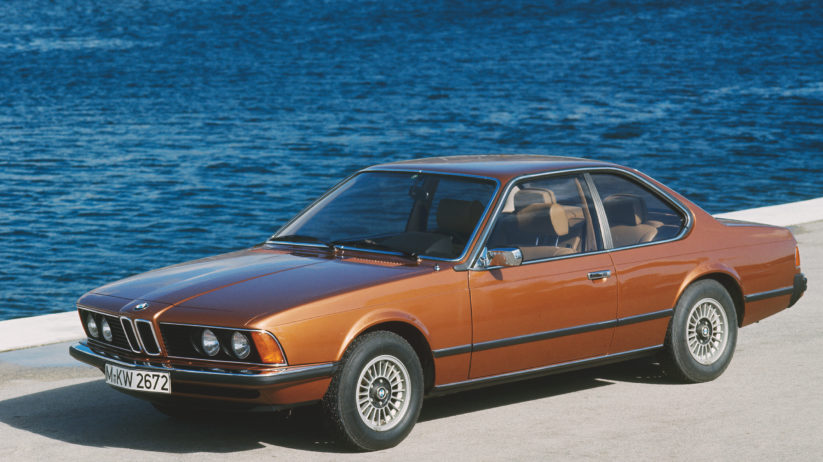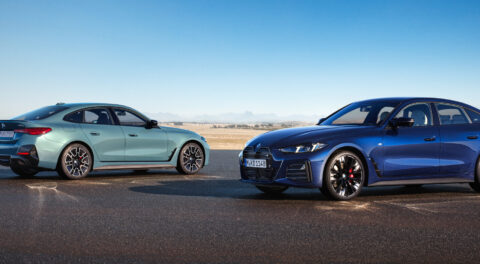We’re back with another installment of our 10 Best series, this time focusing on criteria that’s sure to strike a chord among marque aficionados who are both fresh and new to the game, or seasoned with decades of experience. BMW made its name by producing practical and fun cars with a sporting edge, which were powered by some of the best naturally aspirated engines ever produced. It’s no secret that such a core competency was used as a marketing tool, with BMW leading the way when it came to putting six cylinder engines into small, practical cars like the 3 Series. The same idea worked with the M cars, which used power plants that were directly descendent of those which motivated successful homologated racers like the E30 M3 or E9 3.0 CSL.
In the following list, we’re going to rank and discuss ten models, platforms or series that have earned a special place in the minds of enthusiasts, while also helping to improve the company and brand. For all intents and purposes, BMW is and has been done with naturally aspirated engines for some time now with zero indication of things ever returning to the atmospheric realm, but there is no replacement for the character of a well-engineered, smooth running BMW NA engine, and it’s important to recall where things originated, and how some of the following cars helped the roundel become a symbol of more than just another automaker.
10. E30 3 Series
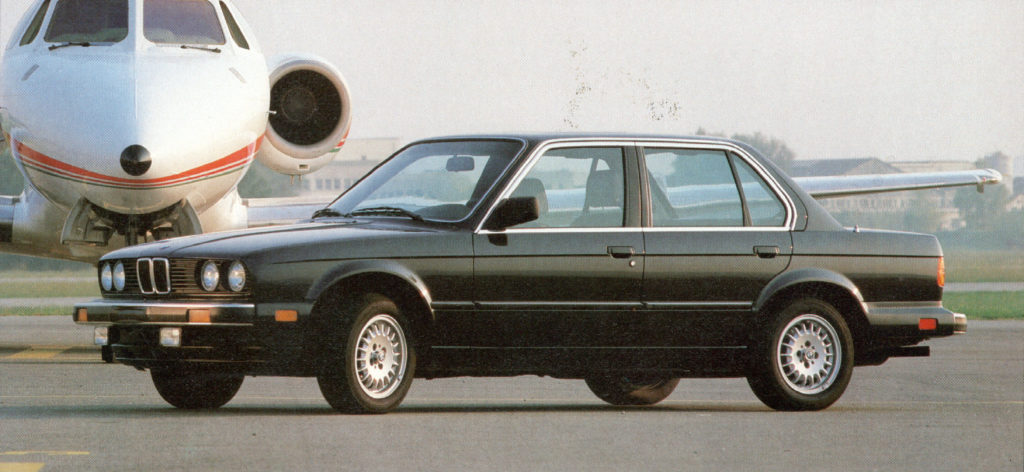
First on our list is the second-generation 3 Series, internally referred to as the E30. Designed during the late 1970’s for an early 1980’s release, the E30 broke the mold of what a BMW was supposed to be, helping the brand move into the modern era with a practical, fun, exciting and good looking platform. Riding on the heels of the success of the 2002 but brought about during a time of transition, the E30 proved to be a nearly perfect elixir for the decade it would later become synonymous with, offering drivers an expertly balanced recipe of utility and sportiness in an affordable package.
Rather than focus on a single model, like a plastic-bumper 325is or late-production 318is, both of which are excellent editions of the second-gen 3er, the magic that makes the platform excellent is present in just about any variation. Some engines might be preferred for offering a higher redline like the M20B25 or newer technology like the M42 in the later 318i, but even early examples like the M10-powered 318i or oddball, efficiency-minded 325e with its rather unique M20B27 offer a lot of the same charm. The same goes for diving board or plastic bumpers; while the former were long considered a dealbreaker for those in the hunt, values have climbed across the spectrum, with any nicely preserved E30 now demanding a healthy premium over otherwise comparable stock. Timeless styling would also go on to define the brand and become quintessential in the minds of many, and today we look back fondly at how a compact footprint could still manage to have such a cavernous trunk and belted seating for five.
9. E32 750iL

While many default to thinking about the 850CSi or McLaren F1 when it comes a BMW V12, the first production car to use one was actually the E32 750i. First introduced for the 1988 model year sporting the then ground-breaking M70B50 24-valve V12, the E32 7 Series as a whole represented a massive advancement over the previous E23, and established BMW as a force in the high-end luxury segment, prompting Mercedes-Benz to subsequently shake up much of their lineup. An incredibly advanced design with millions spent on research and development resulted in one of the most isolating cabins of the period which is still remarkably quiet today, along with a smooth driving chassis that can still be asked to effectively stand on its toes when necessary—the author of this article has even taken an LSD-equipped six-cylinder seven to autocross a few times.
But beyond all of the groundbreaking technology, like speed sensitive windshield wipers, xenon lights or traction control that can reign things in under difficult circumstances, it’s the M70 V12 that keeps the E32 on our radar. 30 years after its initial unveiling, clean and well preserved examples can still be found on the market for decently affordable outlay, although it’s the day-to-day upkeep and repair that can be difficult to withstand. Nonetheless, even with high running costs, the underlying design of the M70B50 which drew heavily upon the M20 six cylinder engine architecture proved robust. The same basis was used in the replacement M73, a few versions of which still relied in dual independent engine control units, while the S70/2 and S70/3 powered the McLaren F1 and BMW’s era Le Mans racers. Output for the initial V12 seven was 300 hp at 5,200 rpm, with 330 lb. ft. of torque peaking at 4,100—numbers that are now easily eclipsed by the base-model six B58 six cylinder, and the brand new M Performance version of the B48 four cylinder.
8. E12 M535i
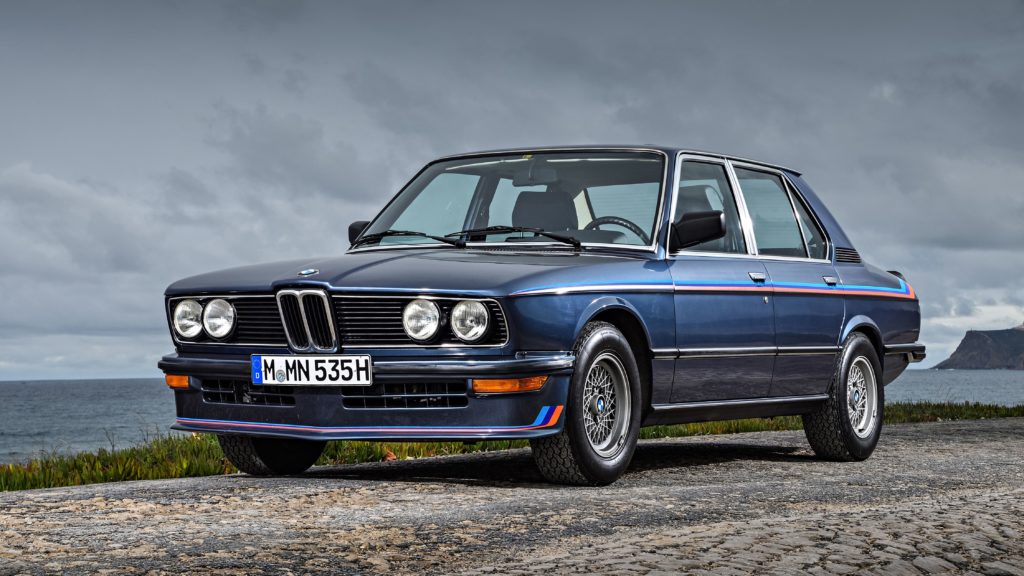
Traveling back to 1979 when BMW M (then BMW Motorsport) was just getting started in the production car realm, the E12 M535i was the first 5 Series to wear the M badge, an idea that would soon permeate the lineup with the creation of M cars as their own lineup and a few decades later, the M Performance line which is adding more models every new year. BMW Motorsport was actually fitting standard 5 series sedans with larger engines and improved suspension and chassis components as early as 1974, but it wasn’t until 1979 that a separate model was offered. The M535i makes our list and remains important because it essentially created a segment that remains highly sought after today: the high performance sedan with all the utility of the rest of the model lineup, but the ability to challenge other far less practical, purpose-built competitors.
Never sold in the U.S., the M535i was seriously potent for its era, offering 218 hp at 5,200 rpm and 225 lb. ft. of torque at 4,000 from its 3.5-liter M90 engine. The M90 is interesting enough on its own, as it uses the bottom end from the period M88 twin-cam 24-valve M engine, but with the SOHC, 12-valve cylinder head of the production M30. Conceived years prior to the M30B34 and penultimate M30B35, the M90 was also fitted to early versions of the E24 635CSi and E23 735i. Other equipment that set the M535i apart from more pedestrian E12 offerings included aero, LSD rear end, Bilstein suspension dampers paired with special springs, larger brake rotors, and wheels by BBS or Mahle BBS depending on market, among quite a bit more.
7. M635CSi and M6

An outgrowth of what was initiated by the M535i during the closing year of the previous decade, the M635CSi and M6 are some of the best long-distance, grand tourers out there, this time with motivation coming from a pair of true, race-inspired engines derived directly from the original M49 that powered Group 5 versions of the 3.0 CSL. Based upon E28 underpinnings, it is the M5 of that generation which is perhaps most prevalent in this segment as of the writing of this article, but for those in search of more cohesive and elegant styling without the need for four doors, the M635CSi and M6 were the default choice. While the sedan M5 has recently enjoyed a serious value appreciation over the preceding few years, a well preserved M6 or M635CSi has always been worth serious money, and are also far less likely to have racked up high mileage.
Interior appointments are decidedly more luxury than just about any other model outside of the contemporary six and 7 Series offerings, and the cockpit, although initially unveiled in 1976, remains one of the best in terms of direct driver orientation. Changes in comparison with the standard 6 Series mirror much of the basics used for the M535i, like model-specific aerodynamics, Bilstein dampers which were also shared with the early E28 M5, an enlarged front sway bar and bigger brakes all around. European M635CSi buyers were treated to the full, unadulterated M88/3 engine which produced 286 hp at 6,500 rpm and 251 lb. ft. of torque at 4,500, while North America received its own, emissions compliant design called the S38B35 which would ultimately be chosen to succeed the line, with output of 255 hp at 6,500 rpm and 243 lb. ft. of torque at 4500.
6. 3.0 CSL
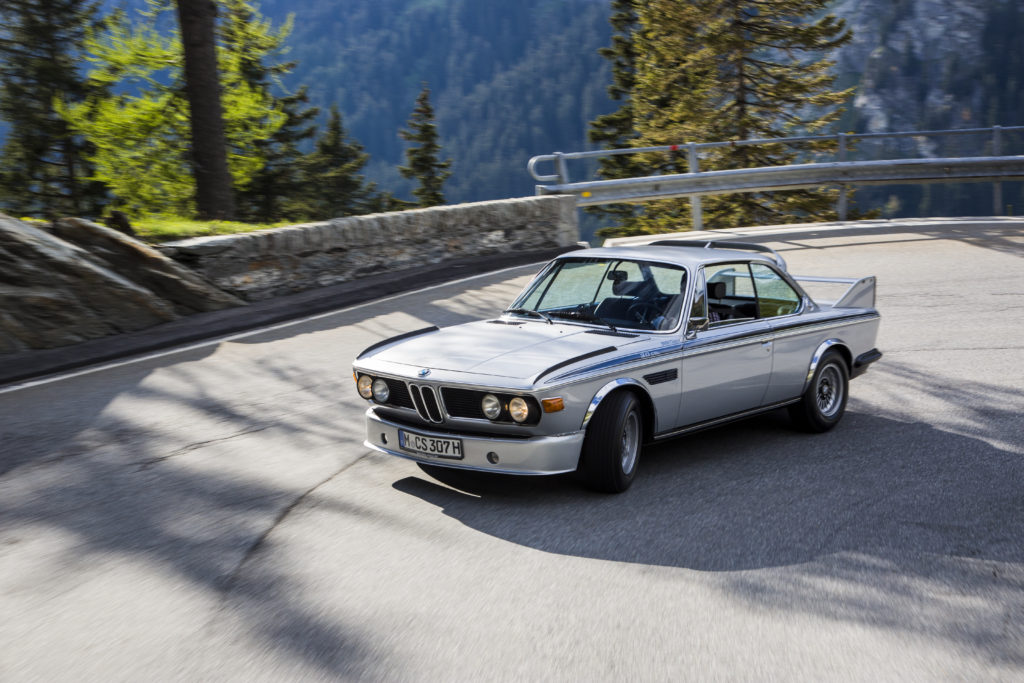
The 3.0 CSL has achieved elevated status among BMW appreciators for a number of reasons such as the underlying gorgeous styling of the E9 or period racing success, but the CSL is particularly captivating and important thanks to its homologation roots and lightweight characteristics. We went into great detail explaining what sets the CSL apart from its other, nearly identical stablemates, but it’s important to note that things varied significantly between different examples, and the many of the conventional road-going amenities could be added back via an available option group. Moreover, while mass-market versions used a rather conventional fuel-injected power plant, Group 5 examples derived motivation from a highly advanced twin-cam six making quite a bit more power.
Getting more specific, the M30B30 SOHC, 12-valve inline six was fitted to road-going 3.0 CSL’s, initially in carbureted form (M30B30V) for 1971 and 1972, offering 177 hp at 6,000 rpm and 188 lb. ft. of torque at 3700 worth of motivation. Later in 1972, Bosch D-Jetronic arrived on the scene, improving output to 197 hp at 5,500 rpm with 201 lb. ft. of torque at 4,300. For 1973, things were upgraded once again to a 3,153cc version of the M30B32, this time using Bosch L-Jetronic. Horsepower remained identical with the same rev peak, while torque increased marginally to 210 lb. ft. Select chassis destined for the racetrack were fitted with a 3.5-liter M49 twin-cam six, which can perhaps best be summarized as the forebear of the M88 and S38. These engines use a twin-cam, four-valve head, and develop something in the neighborhood of 440 hp at 8,600 rpm.
5. 507
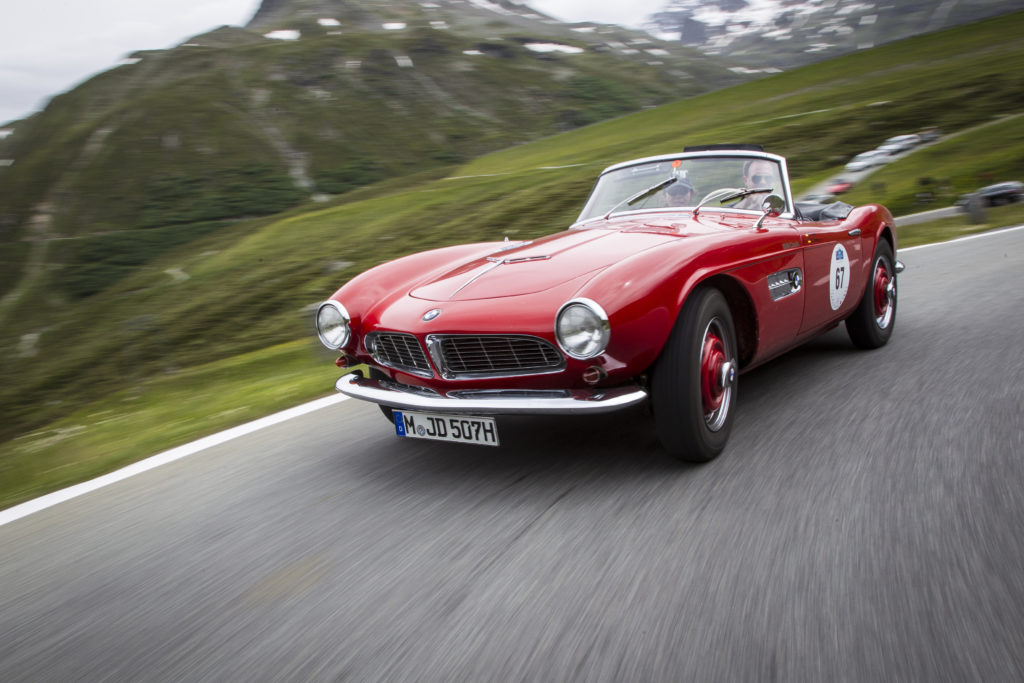
The 507 doesn’t offer the same kind of blistering performance or practicality as others on this list, but remains a highly important facet of BMW history as a whole. Not only is the 507 a integral component of BMW’s rich roadster tradition which dates back to the prewar period with a continuation today in the form of the all new Z4, but it’s also a bespoke, handmade work of art powered by a technologically advanced all aluminum 3.2-liter V8. Styling both took influence from previous models and willed it future ones, and the best modern equivalent is perhaps the handmade, aluminum bodied Z8, which happened to appear on our modern edition of this same list.
First produced in 1954, BMW’s overhead-valve (OHV) V8 uses a design based heavily on the Oldsmobile Rocket 88 303ci V8, with additional influence from the Cadillac 331ci V8, both of which were initially brought to market in 1949. During this era, when side-valve and flathead engines still ruled, the alloy BMW V8 was considered far ahead of its time. Initial versions displaced 2.6 liters, but the M507/1 powering the 507 was among later iterations that weighed in at 3.2. Topped with twin Zenith 32 NDIX carbs like the 503 and 501 3.2 Super, the 507 made an extra ten horses for a total of 150 hp at 5,000 rpm along with 177 lb. ft. of torque at 4000 thanks to a hotter camshaft, different spark timing, polished combustion chambers and higher compression of 7.8:1. After the 507 signed off in 1959, the engine saw continued use in the 3200, with output up to 160 hp and 180 lb. ft. of torque before production came to an end in 1963, just as the M10 SOHC four was coming online.
4. 2000CS
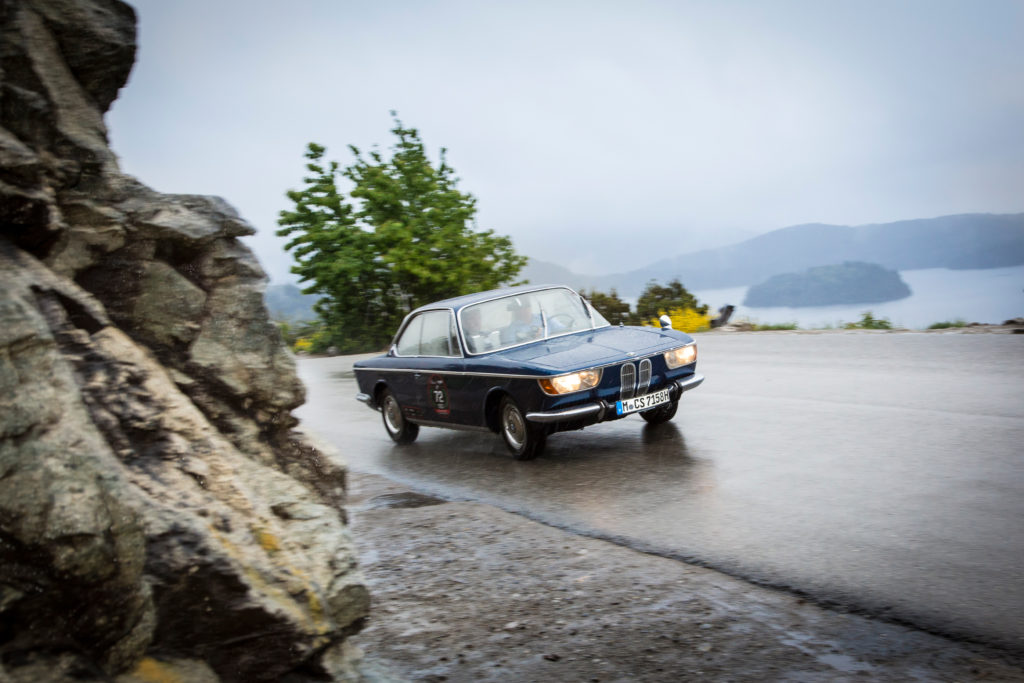
Often forgotten, the 2000 C and 2000 CS New Class coupes are the direct ancestors of the celebrated line that includes the E9 CS, E24 6 Series and E31 8 Series. The pillar-less greenhouse with a Hoffmeister kink actually originated with the Bertone-styled, V8-powered 3200 CS of which only 603 were produced, but it was the 2000 CS that brought the idea of a BMW coupe to the driveways of quite a few more people, including Americans. New Class sedans from the 1500 to the 2000 sold in much greater numbers, but would become a relative footnote in BMW history in the shadow of the 02 Series which followed, and while the direct successor of the 2000 CS is the E9 2800 CS, the exalted 2002 also inherited a few important things, namely the engine.
The venerable M10 SOHC four experienced its market debut with the 1500 sedan in late 1962, but was first offered in a sporting two-door package with larger displacement in the 2000 C and 2000 CS. Manufactured in a variety of displacements from 1.5 to two liters, the M10 used in the 2000 C and CS was referred to as the M05 in-period, and employed the same 1,990cc displacement which would live on in the 2002 and E21 3 Series. Output for the lower-priced 2000 C was 101 hp at 5,500 rpm with 116 lb. ft. of torque peaking at 3,000, with a single Solex 40 PDSI carb tasked with fueling. Of 13,691 produced from 1965 until 1969, 3,249 were automatic transmission-equipped 2000 C’s with another 443 ordered with a manual, while the 2000 CS proved the most popular with 9,999 made. Output for twin Solex 40 PHH-equipped range-topping CS was 119 hp at 5,600 rpm and 123 lb. ft. of torque at 3,500.
3. 2002
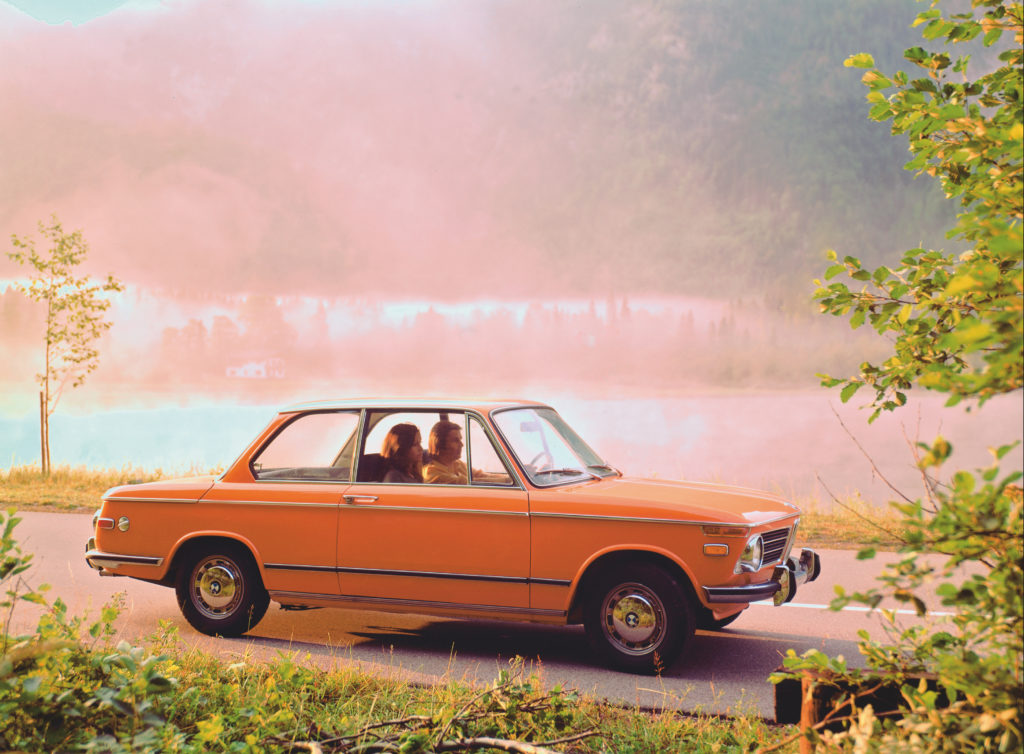
When it comes to automotive game-changers, it’s tough to compare anything to the 2002 and its impact on BMW and the market as a whole. The tenets of BMW are perhaps best embodied within the 2002, and were championed in the successive derivatives like the 2002ti (on display above) and the fuel-injected 2002tii. You might be sick of hearing the same repeated terms over and over, but few cars can cater to the nearly perfect blend of fun and utility that is the 2002, and it seems even BMW is still searching for the magic that made it great, even with an entire 3 Series line that has spiritually carried on where the 02 left off. The E30 comes very close in filling out the same criteria, but for at least a few embattled CCA members, the last great BMW was the 2002. Over 300,000 were sold.
The 2002 is motivated by the same M10 engine discussed above, and even shares its 1,990cc displacement with the 2000 C and CS. Internally designated M05, the base model 2002 aspirates through a single Solex 40 PDSI carb and makes 101 hp at 5,500 rpm with 116 lb. ft. of at 3,000. 1972 saw the introduction of the 2002tii, which uses an M15 with Kugelfischer mechanical fuel injection to develop 130 hp at 5,800 rpm and 131 lb. ft. of torque which peaks at 3,700. Mechanics are relatively simple by modern standards (which is actually starting to complicate things going forward), and support remains strong in the community and aftermarket.
2. E28 M5
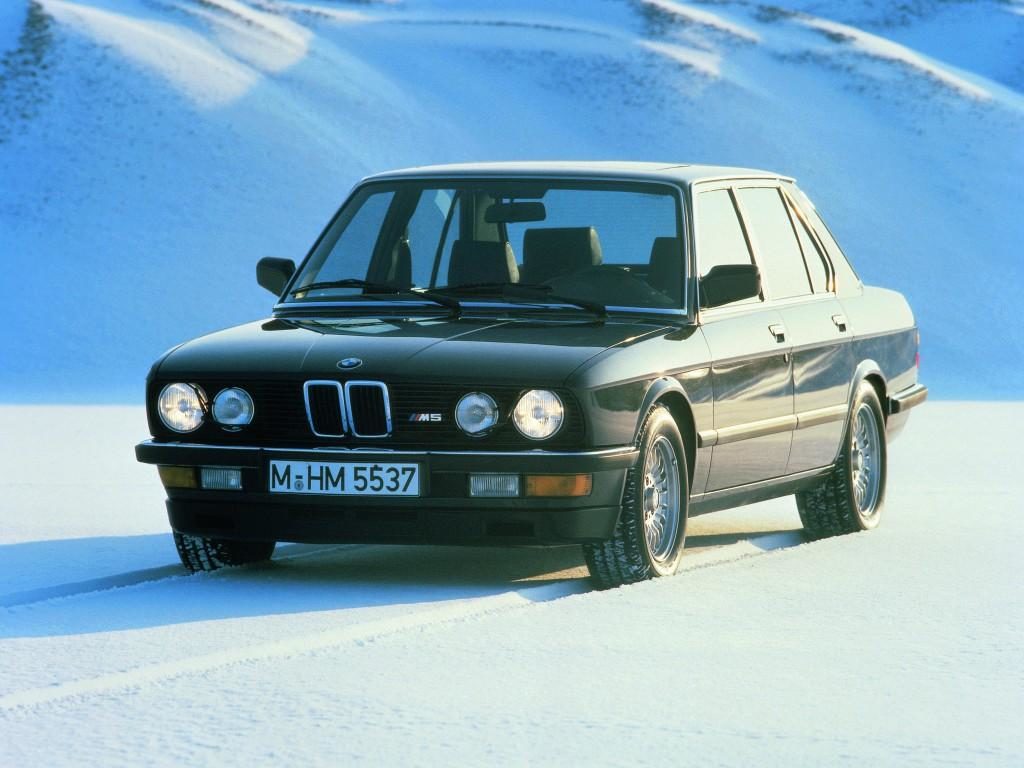
The E28 is and always has been a special machine. Few other cars from any automaker have achieved such an ensconced position in history while sharing sheetmetal with what was intended to be a midsize executive sedan. The first M5 picked up where the E12 and E28 M535i models left off, but elevated performance to the twin-cam, 24-valve realm via the S38 engine for the U.S. and the M88 in the rest of the world. The sporting nature of what was already an excellent platform and chassis was also dialed up to a previously unexplored level for anything with four doors, essentially creating a new automotive niche which has since been expanded to include some of our favorites in later years like newer M5’s among other models within the lineup and from other manufacturers.
The initial M5 was hand-assembled, with pre-painted bodies being shipped from Dingolfing to Garching where they were subsequently fitted with interior trim and drivetrains by a select group of BMW Motorsport technicians. All North American market specification cars were built in 1987 for the 1988 model year, and came with their own specific drivetrain made up of an S38B35 displacing 3.5 liters and developing output of 255 hp at 6,500 rpm and 243 lb. ft. of torque at 4500. Rest-of-world examples were available for a longer period and offered in a highly varied array of color combinations, and employ a more potent M88/3 engine that makes 286 hp at 6,500 rpm and 251 lb. ft. of torque at 4,500.
1. E30 M3
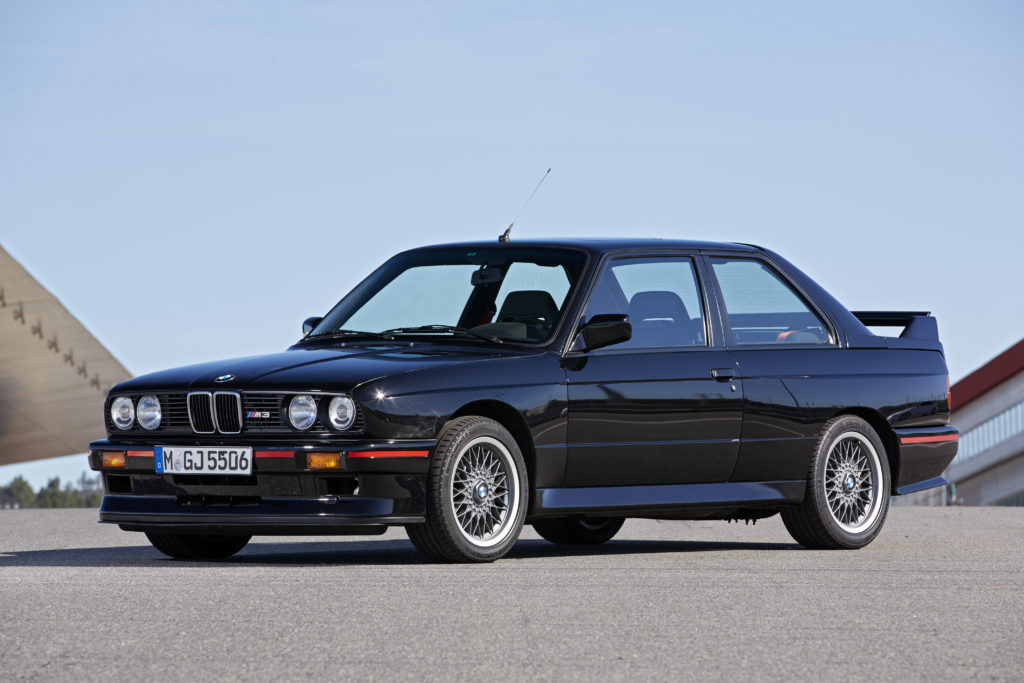
It’s always tough to settle on number one, but in this case, the E30 M3 just so happens to be the most naturally qualified candidate. The evolution example pictured above is among the cream of the crop, but any one from 1986 to 1992 contains what can perhaps be best expressed as a recipe of nearly perfect proportions. A homologation special with heavily flared fenders based upon one of the best platforms in the stable, and an engine derived from the M10 block topped with an M88 cylinder head sans two combustion chambers that was developed in a mere two weeks. Like the M5, it’s not uncommon to find an E30 M5 in well preserved condition with mileage approaching or well beyond the quarter million mark, and this is just another testament to how BMW got it right with these cars.
Need more evidence? Look at this list. The E30 platform appears not once, but twice, with the first mention including just about every production variant of the platform, and the second encompassing the also heavily varied M3 lineup. Starting with displacement, the so-called Italian M3 that was actually a 320is is powered by the S14B20, which avoided being subject to period Italian tax code that translated to anything above the 2-liter threshold being quite costly to own. This potent, short-stroke version of the S14 revs to 7,300, and makes respectable power of 189 hp at 6,900 rpm with 155 lb. ft. of torque peaking at 4,900, and was fitted exclusively to the sharp, narrow body E30 body that lacked the flared fenders of the M3. For the standard lineup, the initial engine was the S14B23, which came packing 192 HP at 6,750 rpm with 177 lb. ft. of torque arriving at 4,750 when fitted with a catalytic converter. This engine would stick around until the end of production, but as time went on, two other versions were added in an effort to keep up with the also evolving Mercedes-Benz 190E sixteen-valve Cosworth around the circuit. 1988 saw the introduction of the S14B23 Evo 2, which made 212 hp thanks to changes like increased compression, a free-flowing cylinder head and exhaust, along with more aggressive cams. Things reached their magnum opus the following year with the arrival of the S14B25 Evo 3 which brought larger displacement and even more aggressive camshafts, and output for this swan song was 235 hp at 7000 rpm.
Keep your eye on the community section for more compilations that delve into the intricacies of special BMWs and what makes them great.—Alex Tock
[Photos courtesy of BMW AG, BMWBlog.]

